Sapa Fansipan Economy Tour From Hanoi – 2 Nights 3 Days
-
2 Star Accommodation
-
Daily Tour
-
Group Tour
-
Meals
-
Seat in Coach
-
Tour Guide
Description
Sapa Fansipan Economy Tour From Hanoi – 2 Nights 3 Days – Tour from Hanoi to the stunning regions of Sapa, Fansipan, and Cat Cat Village, with an adventurous detour to Ham Rong Mountain, promises an unforgettable journey into the heart of northern Vietnam’s ethereal landscapes and rich cultural tapestry. This exploration offers a delightful blend of natural beauty, traditional lifestyles, and physical challenge that appeals to travelers seeking both tranquility and adventure.
Starting in Hanoi, the vibrant capital, travelers typically take an overnight train or a quick bus ride to Sapa, a town famous for its terraced rice fields, lush greenery, and the backdrop of towering mountains. Sapa serves as a cultural center for many ethnic minorities such as the Hmong, Dao, and Tay, whose colorful attire and traditional crafts are as captivating as the landscape. A guided tour here might include a trek to the quaint Cat Cat Village, nestled in a beautiful valley just a short walk from Sapa. This village is an excellent spot to witness the daily life of the Hmong people and to see traditional dances, music performances, and handicrafts.
The highlight for many is the ascent to Mount Fansipan, known as “the Roof of Indochina,” standing majestically at 3,147 meters above sea level. While the climb is challenging, recent years have seen the introduction of a cable car that can take visitors to the summit for spectacular panoramic views, making it accessible for those who may not wish to trek. After descending from Fansipan, a visit to Ham Rong Mountain offers a less strenuous, yet equally rewarding experience with its lovely gardens, stone sculptures, and a chance to climb to the peak for a breathtaking view of Sapa and its surroundings.
This tour encapsulates the essence of northern Vietnam’s allure through its dramatic landscapes and the warm hospitality of its people, making it a must-do for those looking to delve deeper into Vietnam’s natural and cultural heritage. Whether you’re trekking the rugged trails or enjoying the scenery from the cable car, this journey is sure to leave you with lasting memories and a deep appreciation of this unique region.
Tour Itinerary
Day 1: Hanoi – Sapa – Ham Rong Mountain | Lunch & Dinner |
06.20: Our bus will pick you up at your Hanoi hotel departure to Sapa following Noi Bai – Lao Cai highway. Along the way, you will have chance to enjoy the beauty of northwestern mountains, terraced fields are sparkling in sunlight or dim in thick fog. Have two short-breaks in 30 minutes for each and then continue the trip to Sapa.
13.00-13.30: Arrive in Sapa, eat lunch and check in hotel.
14.30: You will begin the trek up Ham Rong (Dragon’s Jaw) Mountain.
Ham Rong Botanical Garden: don’t miss the lovely botanical gardens above the main square in town with their spectacular viewpoint from the top. There are fabulous views of the town and the wider landscape as well as tended gardens to visit. This park is essentially a long cobblestone walkway to the top of Ham Rong Mountain. It’s a strenuous climb, but the panoramic vista at the top is well worth tackling all those stairs. Along the way, there are countless potted orchids, beautiful landscaped gardens and a few really tacky statues of cartoon characters like Scooby Doo and Mickey Mouse. One word of caution, the stone stairs could be treacherous on a rainy or misty day.
18.30: Having dinner. Afer dinner, you are free to explore the charm of Sapa by night, enjoy roasted corn, baked eggs beside charcoal fire or go shopping. Especially on Saturday night, we highly recommend a stop at the Love Market – one of the unique cultures of ethenic minorities in nortwest of Vietnam. Overnight at hotel in Sapa.
Day 2: Sapa – Cat Cat Village – Fansipan Mountain | Breakfast, Lunch & Dinner |
07.00: Eat breakfast in the hotel.
08.00: Car and tour guide take you to Fansipan Cable Car Station to start the journey to conquer Fansipan with the world’s most modern 3-wire cable car system with a cabin that can accommodate up to 30 visitors. Then continue conquering to the top of Fansipan at 3.143m higher from sea-level, the roof of Indochina.
11.30: Back to Sapa, eat lunch and rest.
14.30: You will start hiking to Cat Cat Village which is occupied by the Black H’mong tribe. Here, you can see the hydroelectric power station which was built by the French in twentieth century. You will experience the tribal way of life of ethnic minotities while enjoying wonderful views of the terraced rice paddy fields and the waterfall in Cat Cat village. Visitors will also understand culture, unique customs, traditional crafts such as weaving, touching carved silver, forged agricultural tools… Come back the hotel.
18.30: Having dinner. Afer dinner, you are free to explore the charm of Sapa by night, enjoy roasted corn, baked eggs beside charcoal fire or go shopping. Especially on Saturday night, we highly recommend a stop at the Love Market – one of the unique cultures of ethenic minorities in nortwest of Vietnam. Overnight at hotel in Sapa.
Day 3: Sapa – Hanoi | Breakfast & Lunch |
08.00: Eat breakfast in the hotel and free to shopping or relax or you can walk to the Moana. A check-in area with man-made structures but arranged in harmony with nature to create a unique, strange and beautiful landscape. The check-in area is only 500m from the Stone Church, with the view embracing the Hoang Lien Son range and the majestic Fansipan peak. This place consists of seven categories, attracting young people by many unique miniatures. There are Bali heaven gate, Moana girl statue, infinity lake, golden hand, death swing, lonely tree and coffee area ( Suggest )
11.30: Check out and eat lunch.
13.00: Get on bus and go back to Hanoi.
19.30: Arrive Hanoi. Tour ends. See you again!
Note: Attractions can be visit before or after. However, still ensure to fully visit the locations as scheduled.
Tour Inclusion
- AC sleeper bus transfers Hanoi – Sapa – Hanoi
- 02 Night at 2 star accommodation in Roxana Hotel Sapa or similar
- Experienced Vietnamese English speaking guide
- Meals as mentioned on itinerary (Breakfast, Lunch & Dinner)
- Fansipan cable car ticket
Tour Exclusion
- VAT invoice, travel insurance
- Additional fee if there is any change in ticket prices
- Beverages for meals and other personal expense
Special Notes
- Upgrade surcharge per person – 22$ ( For Limousine Dcar 9 seat/ Sleeper bus cabin VIP )
Children Policy
- Free for children with ages from 1 to 3 (no meal, no seat, no ticket)
- Children higher than 140cm will be charged 10$ for the cable ticket
Consideration
- You have to bring your Passport
- You should bring any type of medicine for preventing insects and common diseases
- Tour guide can rearrange the schedule, but all places stay the same
- If you are a vegetarian, you can bring your own food to suit your taste (if necessary)
Faq
Visiting Fansipan, often known as the "Roof of Indochina," is an adventure that many avid traveler's and nature enthusiasts find rewarding. Located in the Lào Cai Province of Vietnam, Fansipan stands as the highest peak in Vietnam, Cambodia, and Laos, reaching an elevation of 3,147.3 meters above sea level. The allure of Fansipan lies not only in its impressive height but also in the cultural and natural experiences it offers. The journey to the summit can be undertaken via a challenging trek or a more accessible scenic cable car ride. The trekking route provides an opportunity to immerse oneself in the rich biodiversity of the Hoàng Liên National Park, which is home to hundreds of floral species and various endangered wildlife. This route is particularly appealing to those who enjoy physical challenges and are eager to experience the vibrant life of the mountain up close. For those who prefer a less strenuous approach, the cable car system, recognized as the longest non-stop three-rope cable car according to the Guinness World Records, offers panoramic views of the surrounding landscapes. The peak itself presents not just breathtaking natural beauty but also cultural significance, with several spiritual sites like temples and statues that add an enriching layer to the visit. Whether you're a trekker looking for your next challenge, a nature lover eager to explore rich biodiversity, or a cultural enthusiast interested in the spiritual aspects of the mountain, Fansipan has something to offer. The combination of majestic views, physical adventure, and cultural richness makes it a worthwhile destination for many travellers.
Climbing Fansipan, the highest peak in Vietnam and also known as the "Roof of Indochina," is an achievable goal for beginners, but it requires careful preparation and consideration. Standing at 3,147.3 meters, Fansipan presents a challenging yet rewarding trek for those who are new to mountain climbing. Firstly, it's important for beginners to assess their physical fitness level. While technical climbing skills are not required for Fansipan, as there are guided paths and the climb can be completed without specialized climbing equipment, the trek still demands good physical condition. It involves long hours of walking, often on steep and uneven terrain. Therefore, incorporating cardiovascular and strength training several weeks before the trek can be highly beneficial. Moreover, choosing the right time to climb is crucial. The best months to tackle Fansipan are from October to April, when the weather is more stable and visibility is better. During these months, the risk of heavy rain and fog is lower, making the trek less hazardous and more enjoyable. Lastly, it's advisable for beginners to opt for guided tours. Professional guides not only ensure safety but also enhance the climbing experience by providing insights into the local flora, fauna, and culture. Additionally, these tours often handle logistical elements like permits, accommodation, and meals, allowing climbers to focus on the experience without the stress of planning every detail. In conclusion, while climbing Fansipan is accessible for beginners, proper preparation in terms of physical fitness, timing, and guided assistance plays a critical role in making the journey safe and enjoyable.
Cat Cat Village, nestled in the picturesque mountainous region of northern Vietnam near Sapa, is renowned for its rich cultural heritage and stunning natural beauty. This small but vibrant village is primarily inhabited by the H'Mong ethnic group, who have preserved their traditional way of life and cultural practices for generations. Visitors to Cat Cat are captivated by the traditional homes made of wood and bamboo, often built on stilts, which dot the landscape. One of the most distinctive features of Cat Cat Village is its strong tradition of handicrafts. The H'Mong residents are skilled artisans, specializing in weaving and embroidery. The colorful textiles and intricate designs created here are not only a source of income for the villagers but also a beautiful representation of their cultural identity. Tourists often purchase these handmade crafts as unique souvenirs and gifts. Furthermore, Cat Cat Village offers visitors a glimpse into the everyday life of the H'Mong people through various cultural demonstrations and activities. From traditional dance performances to the opportunity to participate in farming activities alongside locals, the village provides a rich, immersive experience. Its proximity to terraced rice fields and the stunning Silver Waterfall.
Visiting Cat Cat Village, nestled in the stunning landscapes of Sapa, Vietnam, offers a unique glimpse into the traditional lifestyles of the H’mong ethnic group. The best time to visit this charming village depends largely on what you want to experience during your trip. For those looking to enjoy Cat Cat Village in pleasant weather, the months from March to May and from September to November are ideal. During these periods, the weather is generally mild and clear, making it perfect for trekking and exploring the outdoors. The spring months, particularly April and May, see the countryside in full bloom, enhancing the scenic beauty of the terraced rice fields and lush surroundings. Alternatively, visiting during the off-peak season, such as early December or late February, can be appealing for those who prefer a quieter experience, as there are fewer tourists. This period also offers the unique opportunity to witness the preparation or harvest of the rice terraces, a central aspect of life in Cat Cat Village.
Ham Rong Mountain, located in the picturesque town of Sapa in northern Vietnam, is a popular destination for both its cultural significance and natural beauty. Getting to Ham Rong Mountain involves a few steps, primarily focused on reaching Sapa town itself, followed by a short journey to the mountain. Firstly, if you are starting from Hanoi, which is the most common starting point for many travelers, you can choose between a train or a bus to get to Sapa. The train journey can be a scenic route, offering sleeper berths and takes about 8 hours, bringing you to Lao Cai station. From Lao Cai, Sapa is about an hour’s drive, and there are plenty of buses and taxis available at the station. Alternatively, taking a bus directly from Hanoi to Sapa is increasingly popular due to its convenience and speed. Several bus services offer comfortable seats and even beds, with the journey taking approximately 5-6 hours. Once in Sapa, reaching Ham Rong Mountain is quite straightforward. The mountain is just a short walk from Sapa’s town center. You can easily find your way there on foot or, if you prefer, local taxis are available at very reasonable rates. The entrance to Ham Rong Mountain is well-marked, and you can buy tickets at the gate. The climb up the mountain is gentle enough for most travelers, and the paths are well maintained. As you ascend, be prepared for some breathtaking views of Sapa and the surrounding valleys and mountains.
Trekking in Sapa, a region in the northern highlands of Vietnam, is a popular activity among travelers drawn to its stunning landscapes and rich cultural diversity. While it is possible to trek in Sapa without a guide, there are several factors to consider before deciding to go solo. Firstly, the terrain in Sapa can be challenging, with steep inclines, uneven paths, and occasionally unpredictable weather conditions. Trails may not be well-marked, and navigating through remote areas could be difficult if you're unfamiliar with the region. A local guide not only ensures your safety but also enhances the trekking experience by providing insights into the local culture, flora, and fauna. Moreover, hiring a guide supports the local economy and promotes sustainable tourism. Guides are often from local ethnic minority communities, such as the Hmong or Red Dao, and their expertise can provide a deeper understanding of the local customs and way of life, which you might miss out on if trekking alone. If you prefer trekking without a guide, it's crucial to prepare thoroughly. This includes researching routes, checking weather conditions, informing someone of your itinerary, and possibly using GPS or a reliable map. However, for a richer and safer experience, consider the benefits of engaging a local guide.
From $116.00
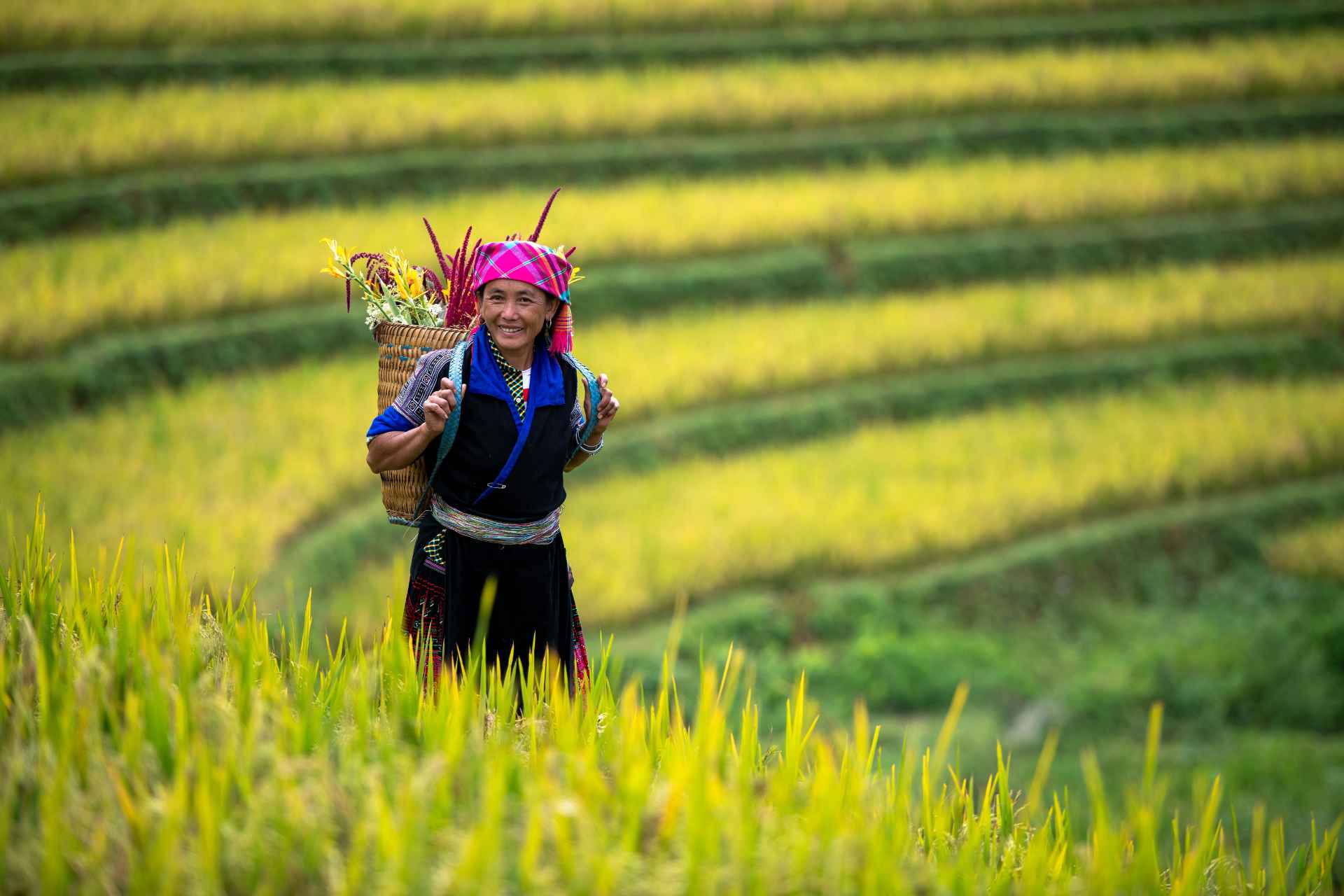

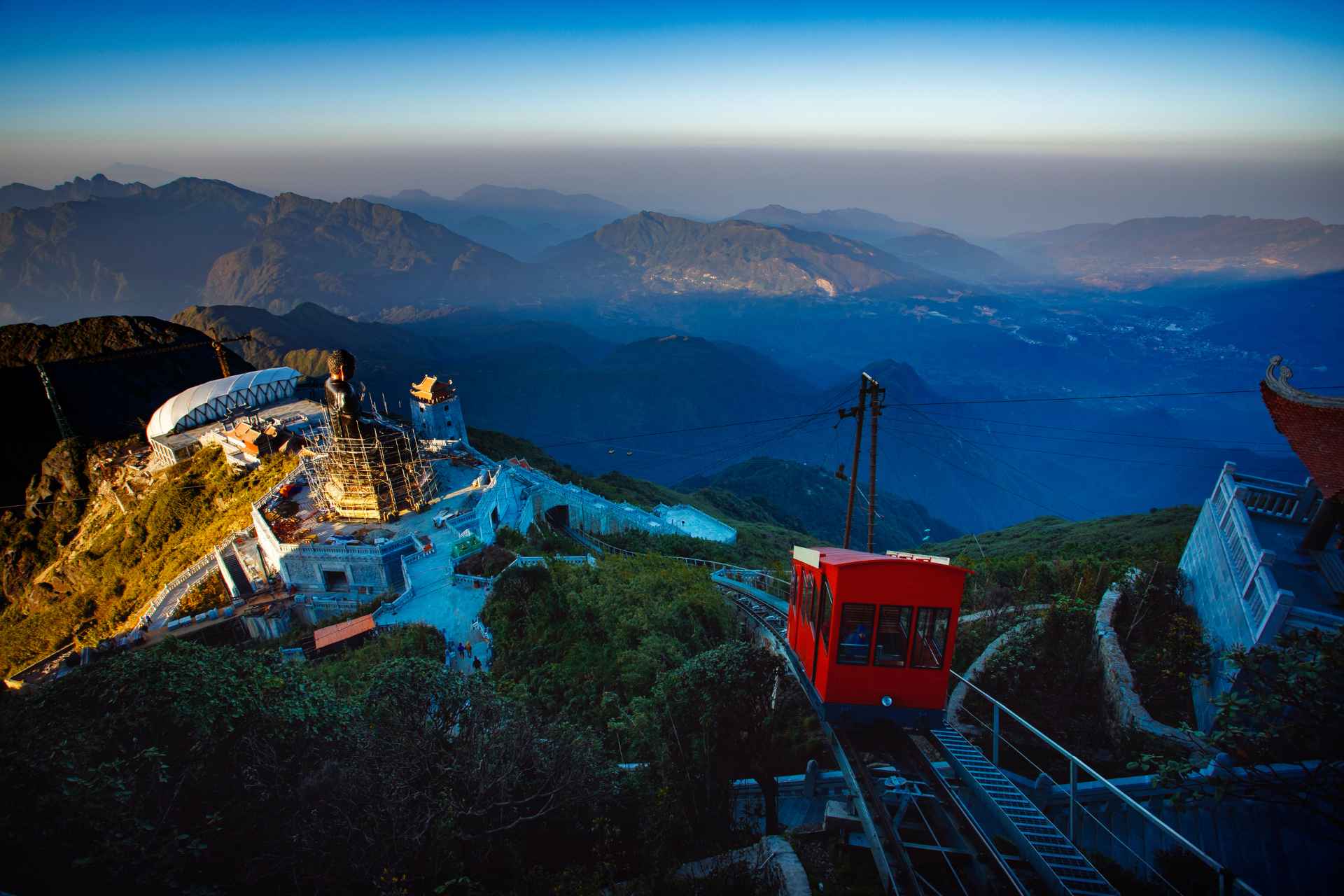


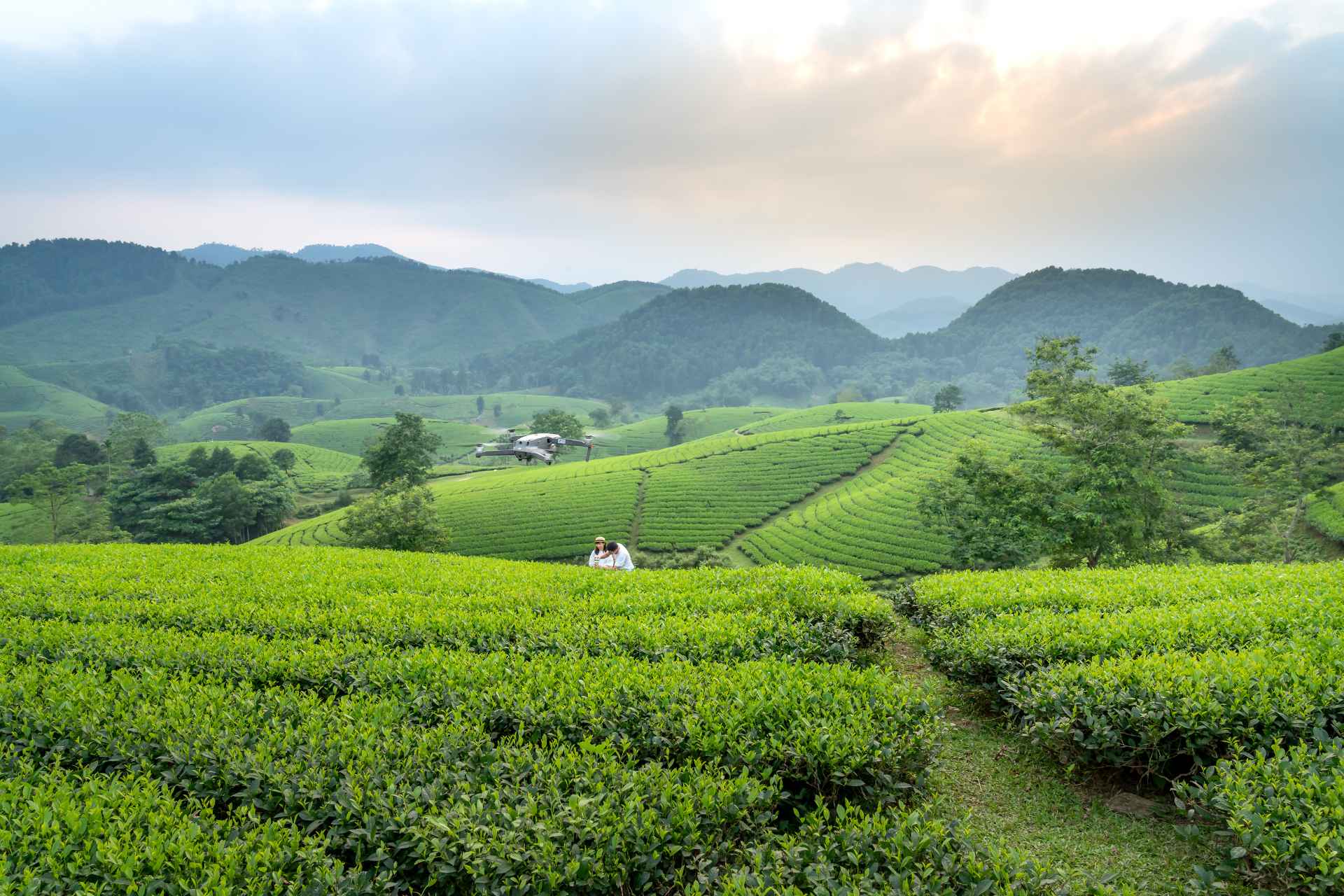
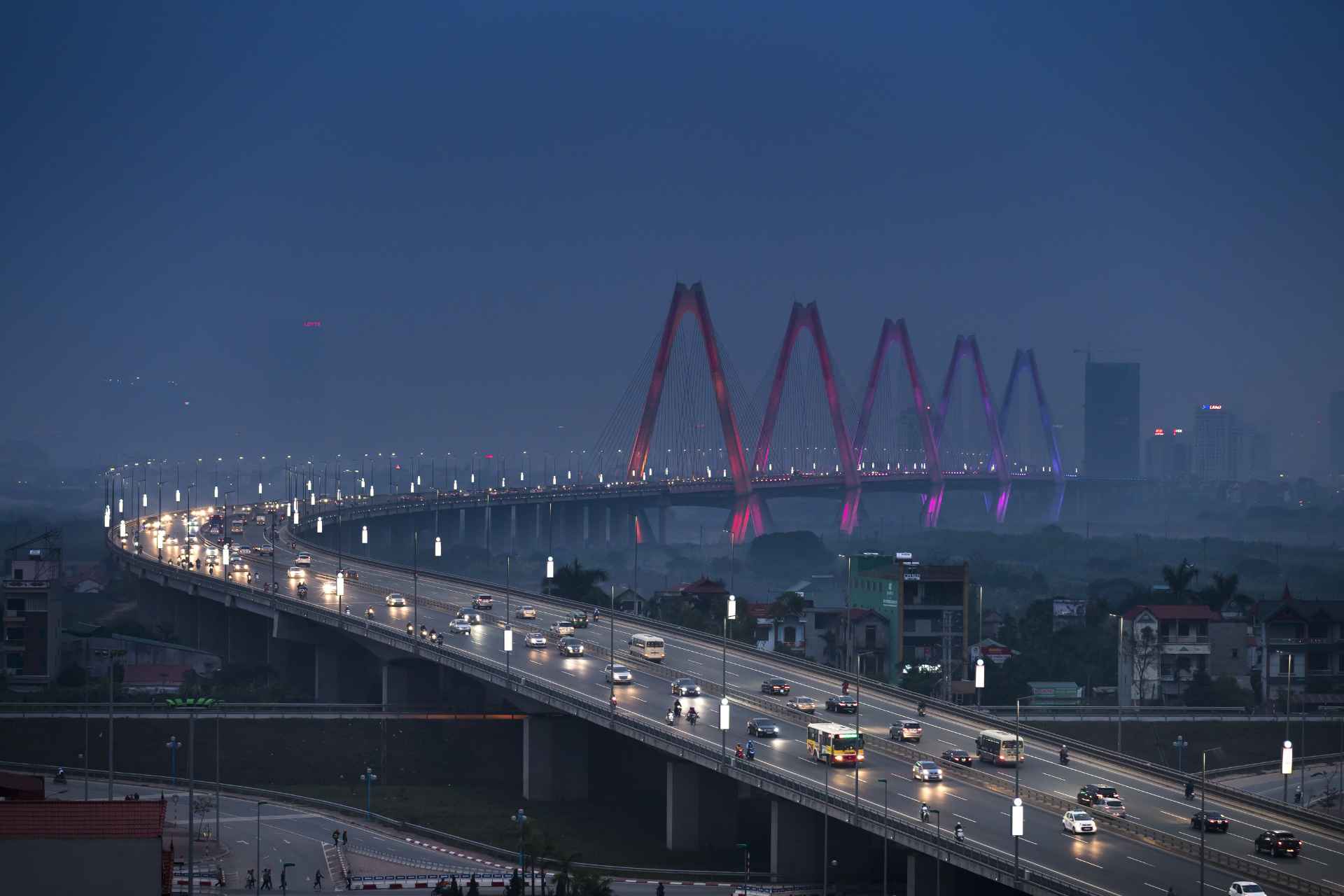

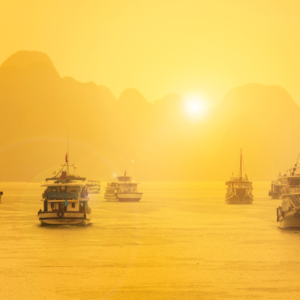
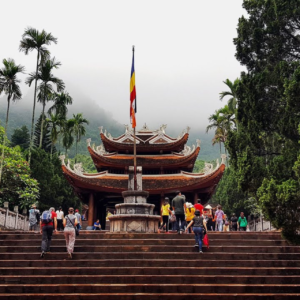
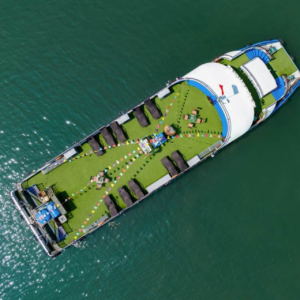
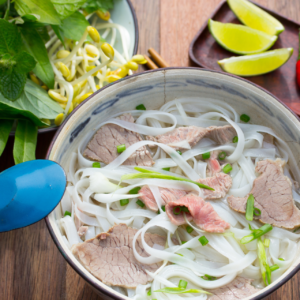
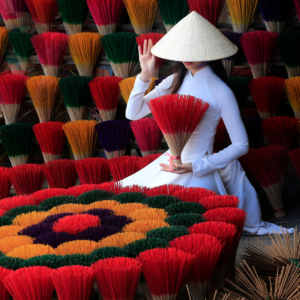

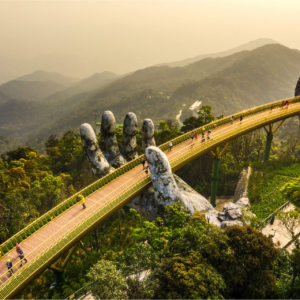
Be the first to review “Sapa Fansipan Economy Tour From Hanoi – 2 Nights 3 Days”